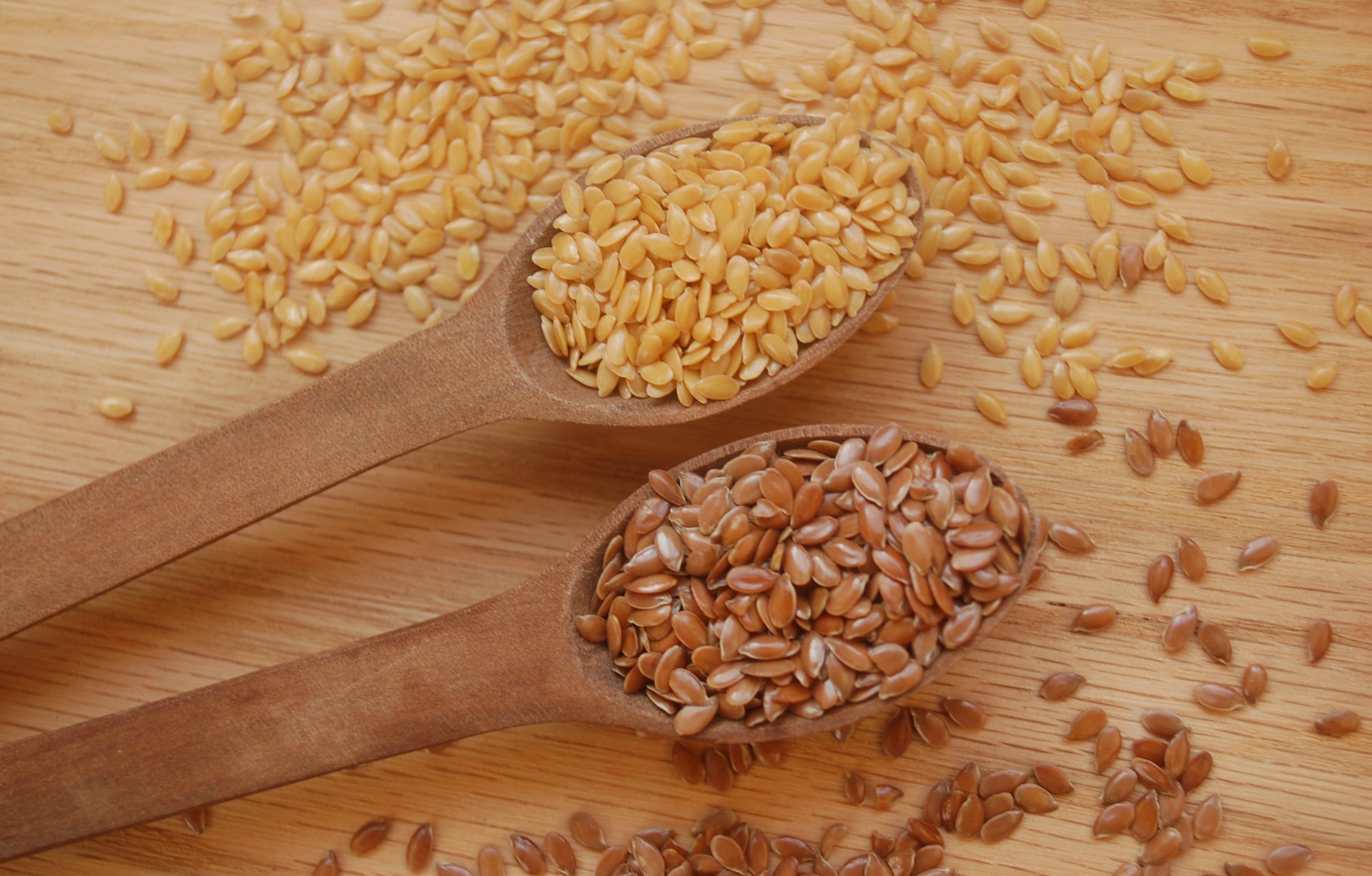Kazakhstan Flax Dominates the International Market with High Production in 2019/2020
Kazakhstan has overtaken Canada as the world’s largest producer of flax and is set to be one of the largest exporters of the seed as well. In a market where Canada and Russia have long dominated the sales and prices, Kazakhstan is now the most highly-demanded source of flax. The cause for this surge in demand is twofold. Firstly, an increased production quantity and quality have made buyers interested in flax from this Black Sea country. Secondly, strengthened cooperation and trade between Kazakhstan and China has led to favorable prices in the Chinese market for Kazakh flax.
Increased Production of Kazakh Flax
In the 2018/2019 season, Kazakh flax production reached around 900K tons, making it the world’s largest producer. According to the government of the country, this is thanks to increased labor productivity, as well as increased acreage for flax and other wheat. Between 2014 and 2019, the planted area for flax seeds increased from 556K ha to 1.287 million ha.

Flax is highly demanded in the international market and is one of the most important oilseed crops in the world, as it is used not only in the food industry, but also for clothing, wood, paints, and other industrial uses. For a long time, Kazakh flax was perceived to be of inferior quality compared to that of Canada, the world’s largest flax exporter for years on end. However, recent improvements in harvest and processing have increased the quality of flax.
High Demand for Kazakh Flax from China
In fact, the quality has increased so significantly, that China has issues import quotas for Kazakh flax. In 2018, Kazakhstan was still unable to export the oilseed to China, but since then the two countries have deepened their trade ties, especially concerning wheat and oilseeds. The price Chinese buyers offer is also significantly higher than the price Kazakh flax can get in other markets. China purchases flax at USD 420 per ton FCA, while, for example, the purchase price in Belgium (Gent) is USD 380 per ton FCA.
As a result of the significantly higher price in China, many flax exporters in Kazakhstan are reluctant to export their flax to other markets. Contrarily, sellers are frantically looking for Chinese buyers as they do not want to miss out on these high prices.

Canada Loses Its Dominance in the Export Market
One country that is experiencing negative consequences from the increased flax production and export in Kazakhstan, is Canada. The export season has only just started for the 2019/2020 season, but already the exports seem to have decreased compared to last year, by approximately 44%. This is mainly due to the increased exports from Kazakhstan, as well as elevated prices for Canadian flax. Canada’s flax production decreased significantly last year, by almost 100K tons to approximately 500K tons, making Canada no longer the leading producer and exporter of the oilseed. Trade tensions with China, a large importer of Canadian flax, have also created an unstable future for this former flax export leader.
Sources
- Farmlead. "Will 2020 Flax Prices Reward All Year Long?"
- The Astana Times. "Kazakhstan is global leader in flax production."
- Farmlead. "Farmlead’s 2019 Flax Market, Prices Outlook."
- Kazakh Grain Union. "China’s share in Kazakh wheat export to reach 15-20% in 5 years."
- The Western Producer. "Tension with China also worries flax."



